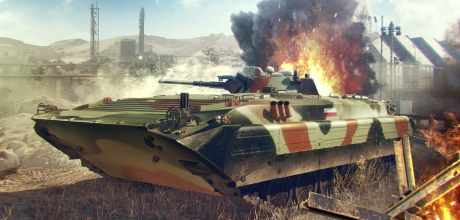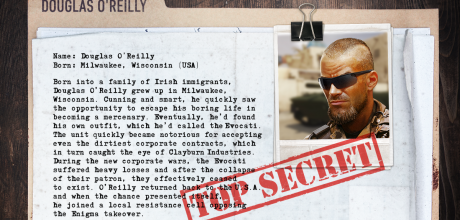
Commanders!
Soviet missile tanks are, without any doubt, one of the less known but, at the same time, most intriguing chapters of Cold War armor development. We have one such vehicle in the game already – the IT-1 Tank Destroyer. If you are interested in the historical background and rationale behind these machines, please visit the linked article to learn more.
In short, the missiles were seen as the future due to their advantages (note the parallel between the Soviet Union and the DIVAD program history) and what followed was a costly series of programs (as was common in the Soviet Union, multiple design bureaus worked on the same topic and provided competing prototypes) that ultimately ended in a limited production of the abovementioned IT-1 in Nizhny Tagil. But today, we will discuss one of the unsuccessful competitors – the Object 287.

Object 287 in Kubinka
By 1961, the IT-1 was still in development and the project was not doing all that great – partially due to a number of unreasonable demands personally submitted by the leader of the Soviet Union at that time, Nikita Khrushchev. Because we all know that meddling from above always ends great, the Uralvagonzavod project was delayed several times. It was likely one of the impulses that prompted the Kirov plant in Leningrad (under the leadership of legendary Ya. Zh. Kotin) to work on a design of their own, resulting in a prototype called Object 287. The project was launched officially by the decision of the Soviet Council of Ministers in the February of 1961.
The Object 287 was, unlike the IT-1, based on a tank called Object 432, which would enter service under the name of T-64. We covered its development in a separate article but, suffice to say, at the time of its appearance, this tank was possibly the best Medium Tank in the world and was revolutionary in more than one aspect. However, instead of its standard turret, the vehicle was to be armed with a guided missile system, developed (just like IT-1’s Drakon) by the OKB-16 design bureau under A. E. Nudelman.
The initial project was finished by the end of 1961 and it was shown to the military by the beginning of 1962. After being approved for the prototype stage, the developers started working on figuring out the details.
The way they saw it, the IT-1 had one specific problem. It carried an accurate and powerful missile and, yes, the missile was fully capable of taking out pretty much any western tank of the era, but, at the same time, the age of IFVs has just begun and even before the appearance of the Bradley, there were other, softer, targets on the battlefield that were nonetheless too well armored to be taken out by a machinegun. In other words, the IT-1 would have to waste an expensive missile to destroy western APCs or IFVs and that just wouldn’t do.
To solve this problem, the designers proposed a unique combination of multiple anti-armor weapons. The tank was to carry not only a remote-controlled ATGM launcher (at that point, the missile considered was designated 301-P), but also a pair of lighter anti-tank weapons (initially, two 23mm autocannons) that would be enough to take out any such lighter targets.
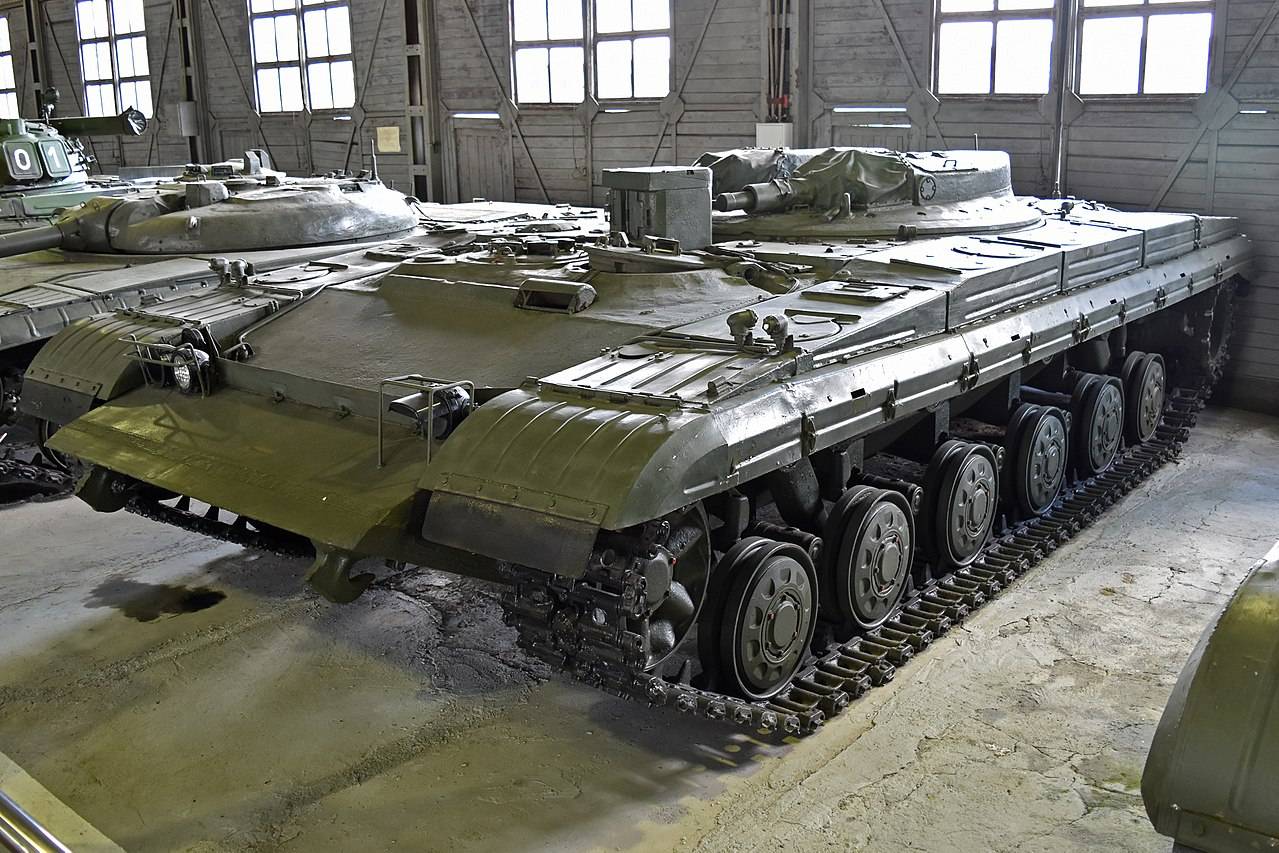
Object 287 in Kubinka
Two prototypes were built between 1962 and the spring of 1964 and were sent to participate in factory trials. These trials went reasonably well but some significant flaws were encountered – especially the 301-P missiles were not exactly reliable and the 23mm autocannon setup was not performing well enough either. As a result, the turret was significantly overhauled to include two different weapon systems:
- Two 73mm 2A25 Molniya smoothbore guns replacing the autocannons
- 9K11 Tajfun launcher replacing the older one
The first weapon system sports a familiar caliber – after all, the BMP-1 also used the same one, although the gun was different (2A28 Grom). Not much info is available on the 2A25 Molniya. As far as could be discerned, it is a somewhat shorter and automatically loaded. The muzzle velocity likely wasn’t very high and it really wasn’t much of a gun, more like a large grenade launcher. The 2A25 Molniya was developed in Tula in 1960-1961 or so as an offshoot of the TKB-04 project (which ended with the introduction of the 2A28) and even its name (“Lightning”) suggests that it was related to the Grom (“Thunder”) gun.
It fired the same ammunition as the Grom, most notably the PG-15V HEAT round, penetrating roughly 300mm of steel armor under ideal circumstances, although the shell couldn’t exactly be relied upon to do so in real life. The effective range of such a weapon was around 500-700 meters at most. The Object 287 had two of these guns, both automatically loaded and each having a drum magazine with 16 rounds.
The second weapon system, 9K11 Tajfun, was a 140mm ATGM system consisting of one launching device and 15 9M11 missiles stored in the vehicle’s hull. The loading process was heavily mechanized with the missiles actually stored with their warheads to the back of the vehicle and had to be rotated by 180 degrees horizontally during the process.
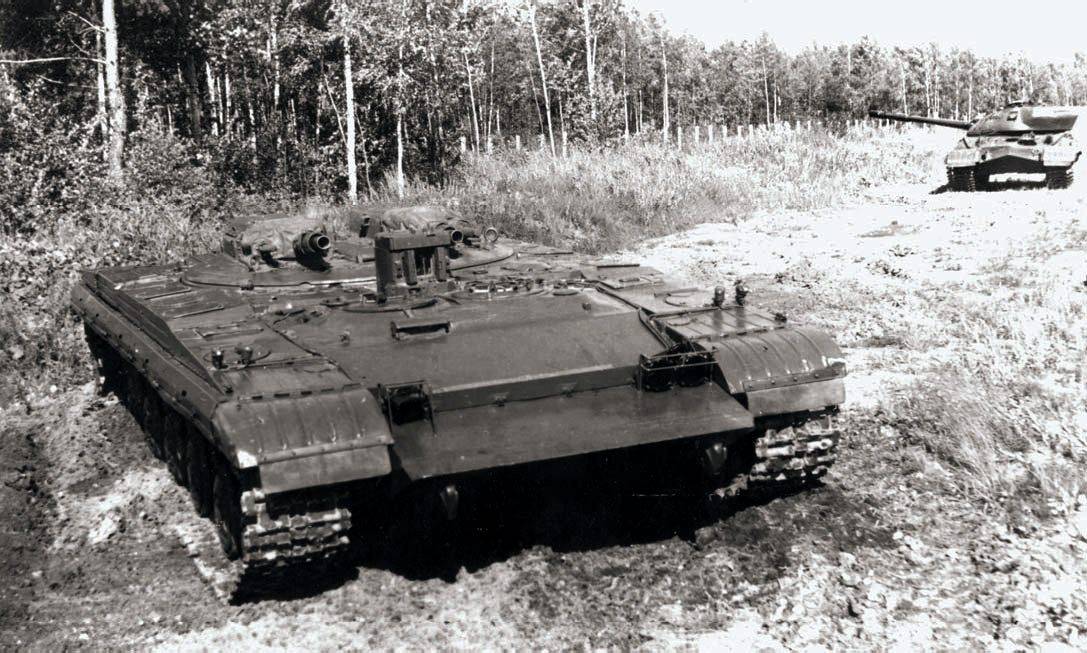
Object 287 during trials
Each missile had a flight velocity of around 250 m/s and could penetrate up to 500mm of armor. In addition, the warhead had a strong fragmentation effect equal to a 100mm HE shell. The maximum range of these missiles was 4 km and the minimum range was 500 m.
Both weapon systems were installed in a limited traverse (100 degrees to each side of the vehicle axis) remote-controlled turret – the 73mm guns were positioned on each side with the launcher in the middle. Each gun could elevate and depress independently while the hydraulic launcher arm between them only deployed with a missile on it – most of the time, it was hidden inside the tank.
This whole system was controlled by a group of two men – a driver and a weapons operator/commander, sitting in front of the vehicle where only the driver would normally be. The crew compartment was isolated from the rest of the vehicle and equipped with a NBC protection system. The commander had panoramic sights at his disposal along with the 9Sh19 Safir day/passive night fully stabilized sights system, effective at night up until 1200 meters. The driver had a night vision device called Klin – interestingly enough, this device was specifically designed with the missile tank requirements in mind.
The entire vehicle weighed 36.5 tons and was powered by a 700hp 13.5 liter 5TDF 5-cylinder two-stroke supercharged engine. This allowed for a maximum speed of 66 km/h and the tank was quite agile as well.
By the May of 1965, work began on two Object 287 prototypes, upgraded to the abovementioned Tajfun/Molniya configuration, very likely by modifying the old ones. One additional hull was also built for armor trials.
A new round of testing began as soon as they were ready – these tests took place between 1965 and 1968. These tests showed that the vehicle had its advantages as well as drawbacks. When it comes to advantages, it was well-protected and the crew had a lot of tactical options thanks to its multiple weapon system, allowing it to choose the right tool for every situation. There were, however, significant downsides to the configuration.
For one, there was little in the terms of automation – the commander/weapons operator had to do most of his tasks manually while actually commanding the vehicle, making his job quite taxing. Especially the aiming process – using the remote controls – was difficult and it was discovered during the trials that, due to this difficulty, the Object 287 would not have an advantage over the NATO tanks at 2km or closer. At longer distances, there was an advantage only thanks to the range of the Tajfun missiles.
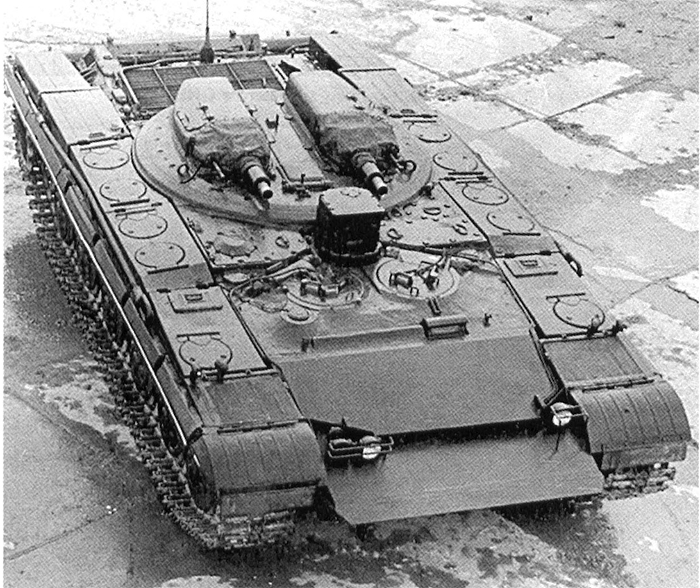
Object 287
The 73mm Molniya guns were also deemed insufficiently accurate and the only weapons that lived up to the expectations were, ironically, the vehicle’s machineguns (one was paired with each Molniya gun). This, however, wasn’t seen as much of a success since the vehicle was meant to engage tanks, not infantry.
There were other issues as well – the night sights set wasn’t really great (there was a lot of image lagging, which meant that if the vehicle was moving at night, nobody could see anything), the Safir optics system was too difficult to operate effectively and several others.
All in all, the tank wasn’t terrible, but it just wasn’t good enough and the Soviet military wasn’t too excited about it either. It was a good start, but when the sum of all test results came in, everyone realized that it would take years (and a lot of money) to fix all the critical issues – and that just wasn’t worth it, not with the BMP-1 already two years in production and the much more mature IT-1 around the corner.
As a result, on September 3, 1968, the Council of Ministers issued the order to cancel the Object 287 project and to focus on a new type of tank missile weaponry – gun-launched missiles (resulting a few years later in the Kobra ATGM for the T-64A). One Object 287 prototype was scrapped and the other one was mothballed. It is currently available for seeing in the Kubinka museun. The competing IT-1 project didn’t fare much better – it went into very limited mass production but only stayed in service for a few years before being declared obsolete, finally ending the era of Soviet missile tanks.

In Armored Warfare, the Object 287 will be a Tier 6 Premium Tank Destroyer. But, before we talk about the specifics of this machine, please note:
The numbers below are very preliminary as the vehicle has not been properly tested. They are sure to change and should only be discussed as an indicator of how we’d like to set the vehicle up.
With that being said:
Gameplay-wise, it will generally resemble the IT-1 as it consists of a MBT chassis armed with an ATGM. Unlike the IT-1, however, the chassis (belonging to a T-64) will be more durable with its frontal armor being a MBT level composite. Even though it won’t have many hitpoints for its Tier, as Tank Destroyers go, it will be a fairly tough one to crack.

The mobility will also be pretty solid for its Tier – certainly higher than that of its MBT counterpart due to its lower weight, but more akin to MBTs than to some lighter Tank Destroyer.
But where the vehicle will truly shine will be, as its class suggests, its firepower. Where the IT-1 boasts a single weapon system (a powerful ATGM), the Object 287 will actually have two weapons:
- 140mm Tajfun ATGM (HEAT-MP warhead with mediocre 500mm penetration, solid 700 damage and excellent flight velocity, 10 second reload time)
- Two 73mm smoothbore guns, resembling those on the BMP-1
Simply put, the missile will be useful for taking out enemy MBTs at longer distances (dealing damage even if it does not penetrate, being a MP warhead) while the twin 73mm guns (firing two 300mm penetration HEAT projectiles in rapid succession once per 3 seconds) will be effective against lighter targets and MBT sides at low to medium distances due to their reduced accuracy.
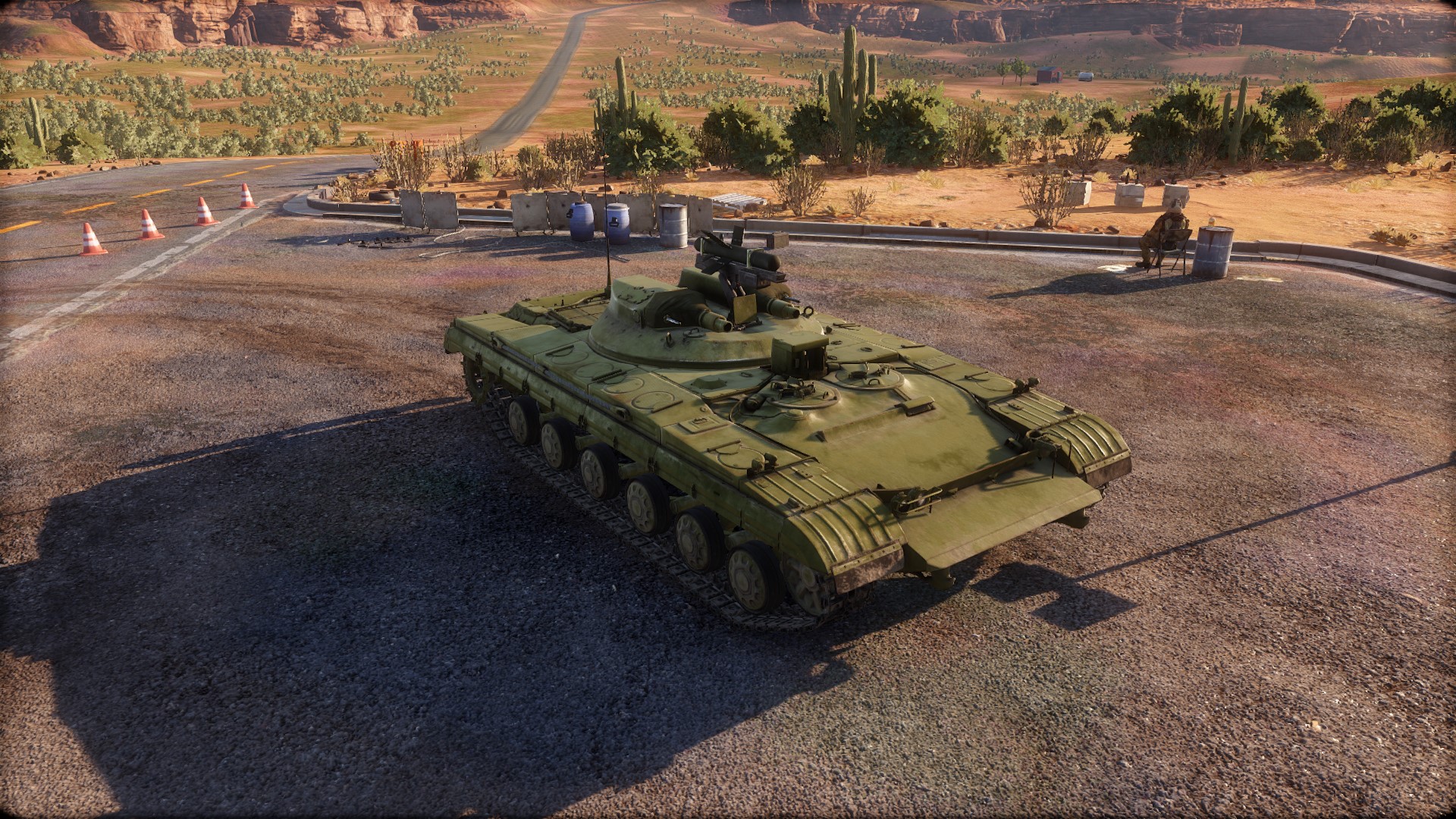
However, this excellent firepower will have its limits. For one, the turret will not traverse in full circle, only 100 degrees to each side of the vehicle. This will make it quite easy to flank and outmaneuver the Object 287 and, vice versa, any Object 287 commander must mind his or her position in order not to get flanked and destroyed from behind. The downside will be the vehicle’s poor gun depression, making it, once again, not suitable for close combat. Luckily, the vehicle will be quite stealthy thanks to its low silhouette and, additionally, will have the Engine Overdrive active ability available, allowing it to retreat in haste if needed.
In summation, this vehicle will be suitable for some aggressive tactics thanks to its excellent frontal armor, rewarding high-risk gameplay of getting closer to the enemy than you normally would in a missile Tank Destroyer.
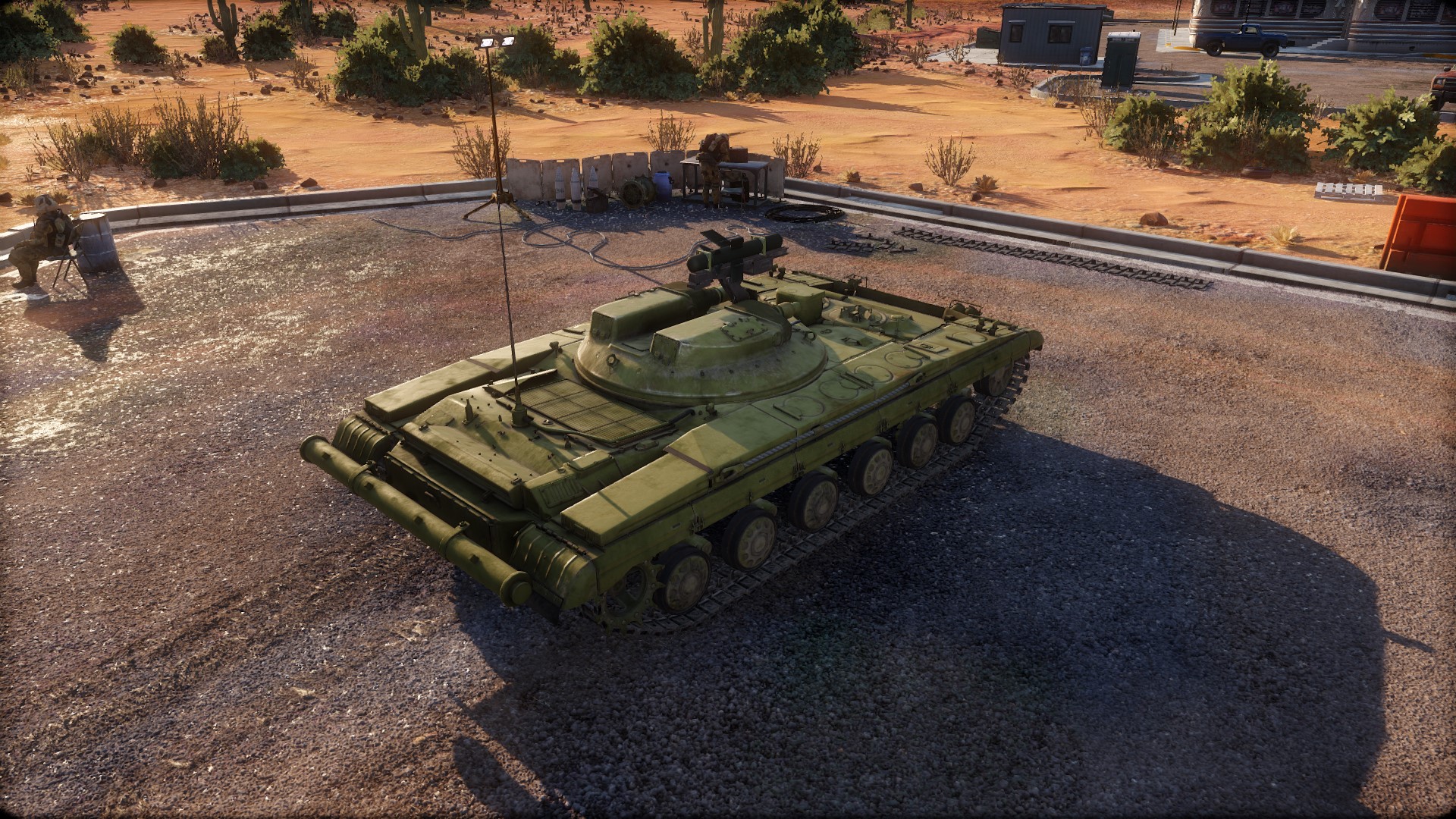
Once it takes a position, ideally one where only its upper half its revealed since its weapons are pretty much located on top of it, it will also be very difficult to dislodge without closing in. In close combat, it will also be able to hold its own to a degree thanks to the combination of two weapons systems. Skilled players will be able to use its full potential to dish out high amounts of damage but one must beware of getting circled around and destroyed from behind.
We hope that you will enjoy it and will see you on the battlefield!




